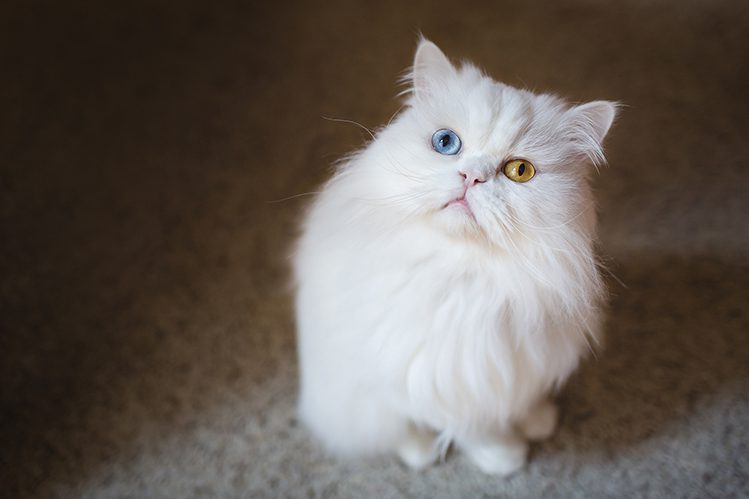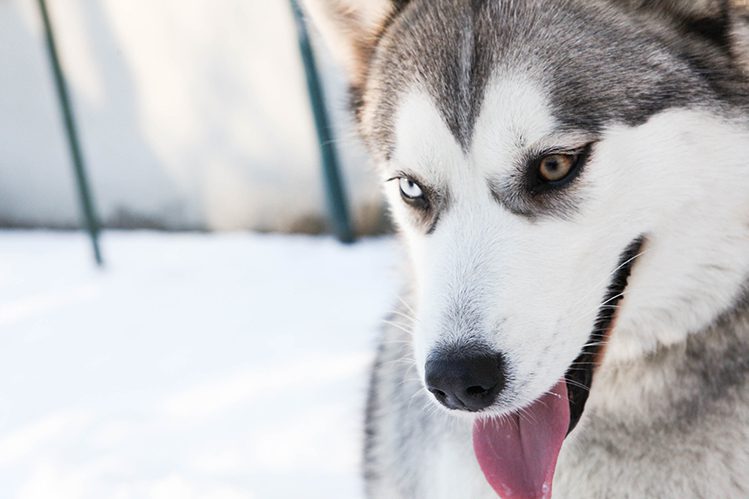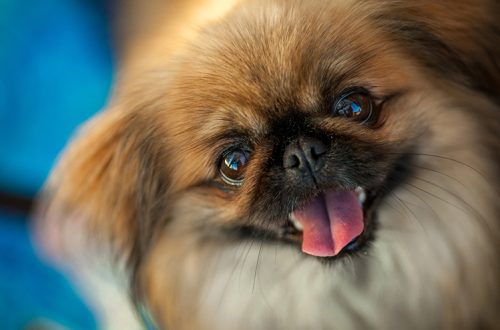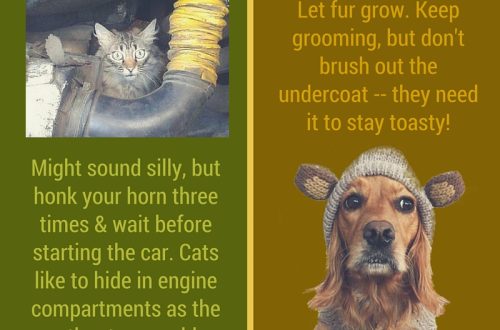
Heterochromia in dogs and cats
What is heterochromia? Why does it occur and in whom does it occur? Is heterochromia dangerous to health? We will answer these questions in our article.
Heterochromia is a difference in the color of the eyes, skin or hairline, resulting from a lack or excess of melanin. Most often, this term means “disagreement”.
Heterochromia of the eyes can be:
complete: when the iris of one eye differs in color from the other. For example, one eye is brown, the other is blue;
partial, sector: when the iris is colored in different colors. For example, there are blue spots on the brown iris.
This feature is found in humans and animals and can be congenital or acquired.
Different eye color gives the appearance a special zest, its own charm. Heterochromia has helped to achieve popularity for many famous people, and “odd-eyed” cats and dogs in the world of pets are worth their weight in gold!
In animals, complete heterochromia is more common, in which one eye is blue.

White cats are predisposed to heterochromia: pure white or with a dominant white color in color.
Often you can meet odd-eyed or. These breeds have a predisposition to heterochromia, but other cats can be odd-eyed.
Champions in “disagreement” among dogs can be called,,, and. In other (including outbred) dogs, this sign also occurs, but less frequently.

Congenital heterochromia in most cases is not dangerous and does not affect visual acuity in any way. This is a trait that is inherited and common to many breeds.
However, there are cases when the eye color of an animal has suddenly changed, for example, due to injury or illness. Then the pet will need treatment.
A pet with different eyes is recommended to be shown to a veterinarian. He will determine the cause of heterochromia and give appropriate instructions. Don’t worry: as a rule, the care of animals with different eyes is completely standard.
What about pets with different eyes? Are you familiar with these?





